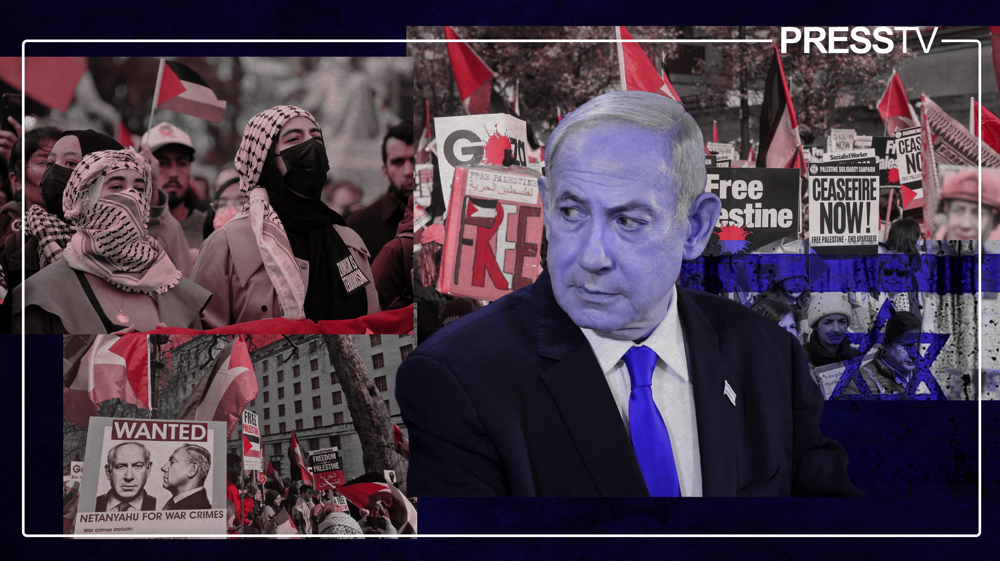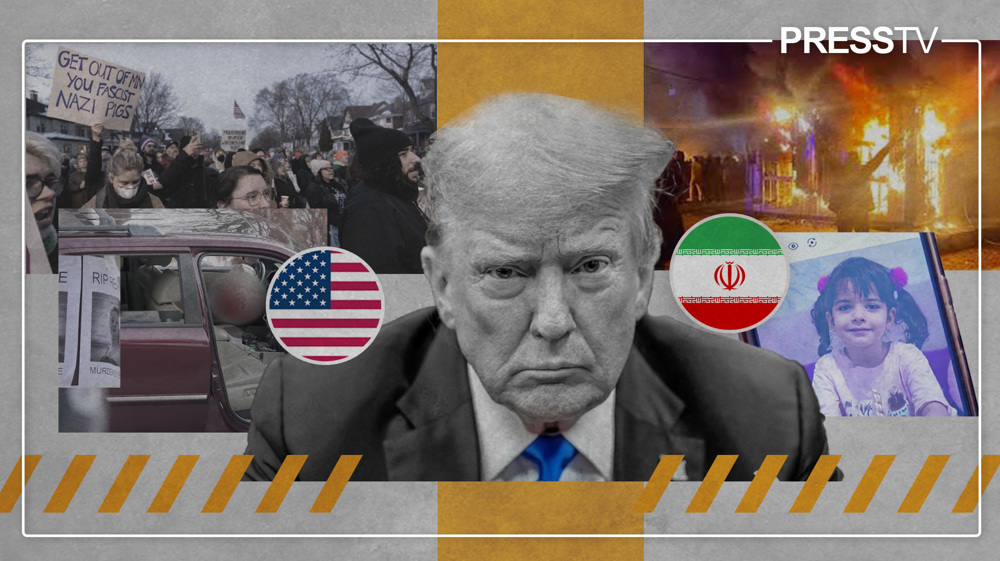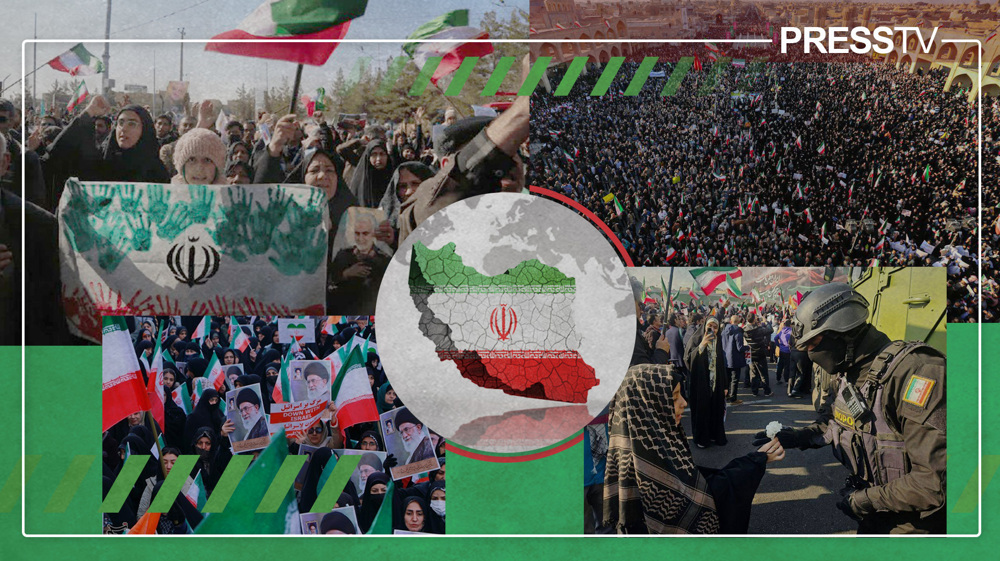Fearful of Yemen’s victory, US resorts to direct intervention in war
By Jafari
(Jafari is an independent journalist and blogger.)
Battle rages on fiercely in Ma’rib and the other fronts of the war in Yemen. After the Saudi mercenaries’ defeat in recapturing the strategic al-Khanjar base in the Khabb wa ash-Sha'af District of al-Jawf Province, which incurred very heavy casualties on them, it looks like that the continued expansion of the clashes serves to indicate the frustration of the Omani side’s idea for the establishment of a ceasefire. It is said that more than 200 of the attackers were either killed, injured or captured during the assault on the base, most of the deaths being caused by Saudi warplanes’ strikes on fleeing mercenaries.
The Americans consider the war in Yemen, especially in Ma’rib, to be part of their grand project for their regional and international competitions. The American side’s insistence on cessation of the war and its ploys of ending its military support for the invading Saudi-led coalition could not, however, cover up this grand strategy and Yemen’s significance within this strategy. In fact, these days, the Yemenis are officially fighting a coalition of Arab and Western countries at the same time.
The Omanis have effectively faced defeat in their mission since Saudi Arabia has not made good on its verbal pledges to them of leaving the humanitarian matters (such as reopening the Sana’a airport for travel towards certain destinations and allowing commodities and oil products into the al-Hudaydah port) out of other issues. It had been agreed for the process of preparing and writing of an agreement to start upon return to Muscat. Riyadh has, however, bottled out of its commitments and mooted some conditions, the most important among which is an end to attacks in Ma’rib. According to the al-Akhbar paper, the emergence of such a condition indicates that Washington has been more insistent on imposing it on Sana’a than Riyadh during recent negotiations, so it can stem Yemen’s geopolitical role in the region and the world.
Expounding on this significant issue, the paper has unveiled a portion of this grand strategy. Al-Akhbar’s report reads, “Washington leaves no stone unturned to ensure the simultaneous realization of a batch of its interests; the Israeli interests in the Red Sea and the Bab-el-Mandeb Strait as well as the American interests in the Makran waters and the Indian Ocean, which pertain to the US’s ongoing competition with China. The US and China’s war over various straits, maritime commercial corridors, and vital islands have compounded the difficult predicaments that concern the Yemeni and Saudi sides and the tough political conditions that they set. Yemen has turned into a main battlefield in this war due to its special geographical position.”
The United States is going through fire and water to prevent Yemen from exploiting its strategic position and to stop Sana’a from gaining control over the city of Ma’rib and the Ma’rib Province’s oil facilities. Washington is taking all the political and military measures that it has at its disposal to come in the way of such a prospect. It believes that Ma’rib’s potential liberation would allow Yemen to draw broad benefits from its strategic position. It is of the opinion that upon the Ma’rib Province’s recapture, the Yemeni army and Popular Committees would set out to liberate the western areas that overlook Bab-el-Mandeb. Because of this, the battle in Ma’rib has come to constitute the focal point of American diplomacy and risen to the top of American Yemen envoy Tim Lenderking’s agenda.
The American envoy had realized that no one attaches any importance to the superpower’s emissary in Sana’a!! He then resorted to threat, strongly warning, during one stage in the talks, that Washington would change its tone if the battle in Ma’rib did not end.
Elsewhere in its report, the Lebanese paper points to Washington and London’s direct exertion of influence toward the attainment of the goal. It notes that alongside the Saudi forces, a number of American and British officers spearhead the Saudi-Emirati coalition’s aerial operations targeting Yemen, directly managing the military operations in Yemen and supervising the plans and tactics. Under the new US administration, no new aerial operation has been recorded against the al-Qaeda terrorist organization in Yemen. Daesh and al-Qaeda’s elements, who had fled to the al-Bayda Province, have been allowed to wage war alongside the forces of the former Yemeni government of Abd Rabbuh Mansur Hadi. The terrorists have also been armed and assigned the responsibility of a number of [battleground] axes too.
In fact, in addition to battling the Saudi and Emirati armies, Hadi’s mercenaries, al-Qaeda and Daesh, the Yemeni army and Popular Committees are directly fighting Britain and the US. Direct participation in the war by American drones and warplanes signal the [US’s sensing a] necessity for a change in the standing equations.
The US’s concern about the Yemeni army and Popular Committees’ success may consist only one aspect of this issue, while Washington’s direct intervention indicates that the Saudi army and its Sudanese and Yemeni mercenaries are far incapable of stopping the Yemeni fighters. What Yemen stopped short of achieving in the coastal area of the mountainous Kahboub area in 2017 as a result of direct Emirati intervention, could be easily regained. Now, the American side is fearful that Yemeni fighters may reach the rough terrain and restore their command on the Bab-el-Mandeb Strait. This matter is of such importance that a US army drone squad has deployed to the King Khaled Airbase in Khamis Mashit to directly gather information about the axes of confrontation.
The recent crash of two drones in less than four days bespeaks the extent of this intervention. On the one hand, the American strategy of trying to push back against the Yemeni army and Popular Committees belies the new US administration’s allegation of non-intervention in Yemen and attempt at ending the war in the country. On the other, it indicates that the Saudis have suffered an ignominious defeat in the mission that they have been assigned. As stated above, the US’s policy of trying to keep the Yemeni army and Popular Committees away from Ma’rib takes the pride of place in the American envoy’s mission in Yemen. Lenderking’s main problem, however, is that he lacks the necessary vehicles of exerting political and economic pressure on the Yemenis since these vehicles had already been exhausted.
The only means that remain at the US’s disposal is military intervention that, in turn, would be followed by the Yemenis’ intense reaction. Yemen’s drone and missile capabilities have turned into major issues for the American side. Because with the American intervention rising to the fore (as seen in the case of the ScanEagle drones’ crashes), the Yemeni fighters’ retaliatory strength would win more credibility too. For the same reason, the US’s positions in Djibouti, Saudi, inside Yemen itself, and even the Persian Gulf region’s states could start coming under missile and drone attacks. This is something that Yemen’s drone and missile units offered a peek into over Saturday and Sunday.
At least 40 Palestinian journalists being held in Israeli prisons: Advocacy group
US delivers more F-35 jets to Israeli regime despite Gaza truce violations
Blair distances himself from Trump’s $1bn ‘Board of Peace’ fee
US Justice Department refuses probe into killing of Minneapolis mother
VIDEO | Israel Gaza ceasefire violations
VIDEO | Gaza Solidarity Forum in Damascus calls for boycott of Israel over Gaza genocide
VIDEO | London memorial event highlights Gaza genocide
VIDEO | Press TV's news headlines










 This makes it easy to access the Press TV website
This makes it easy to access the Press TV website